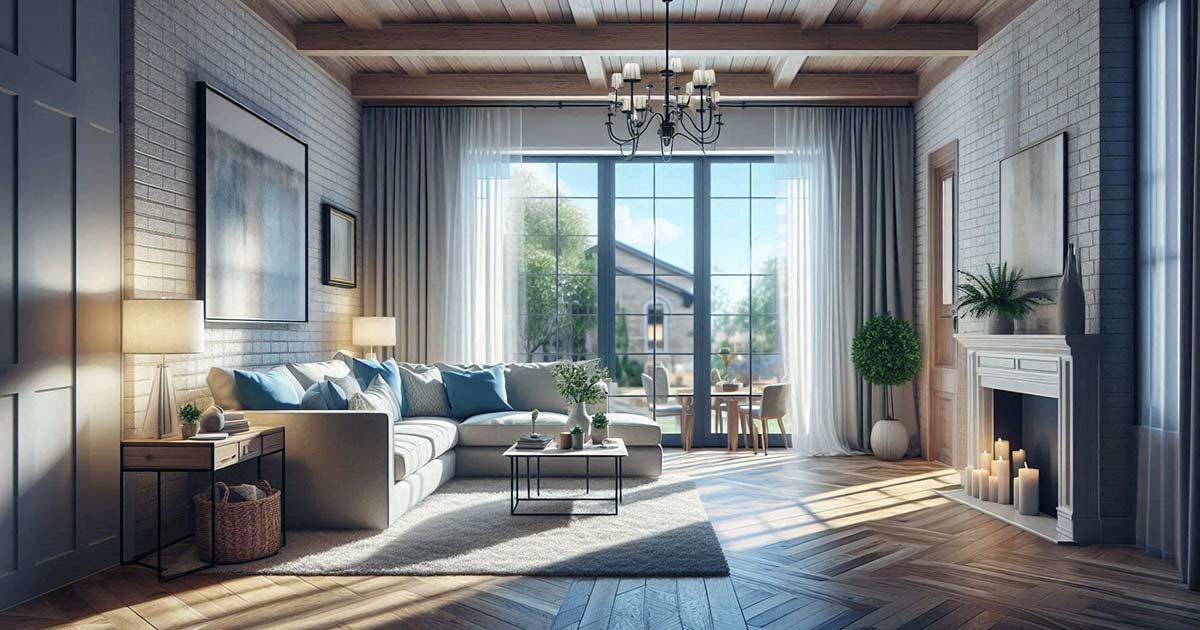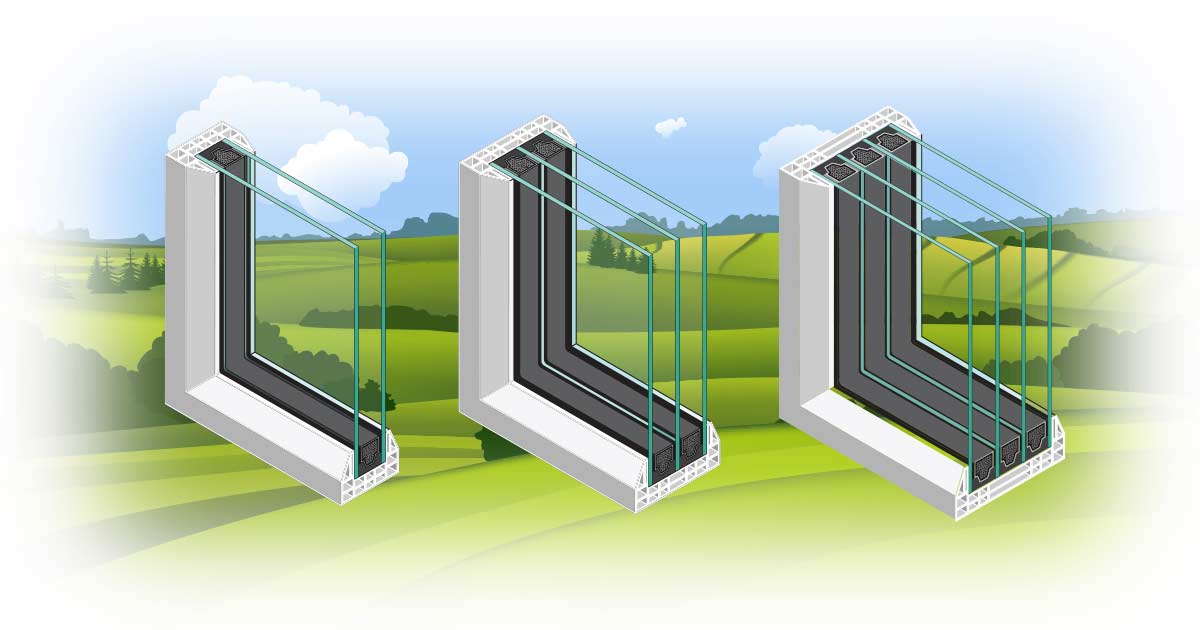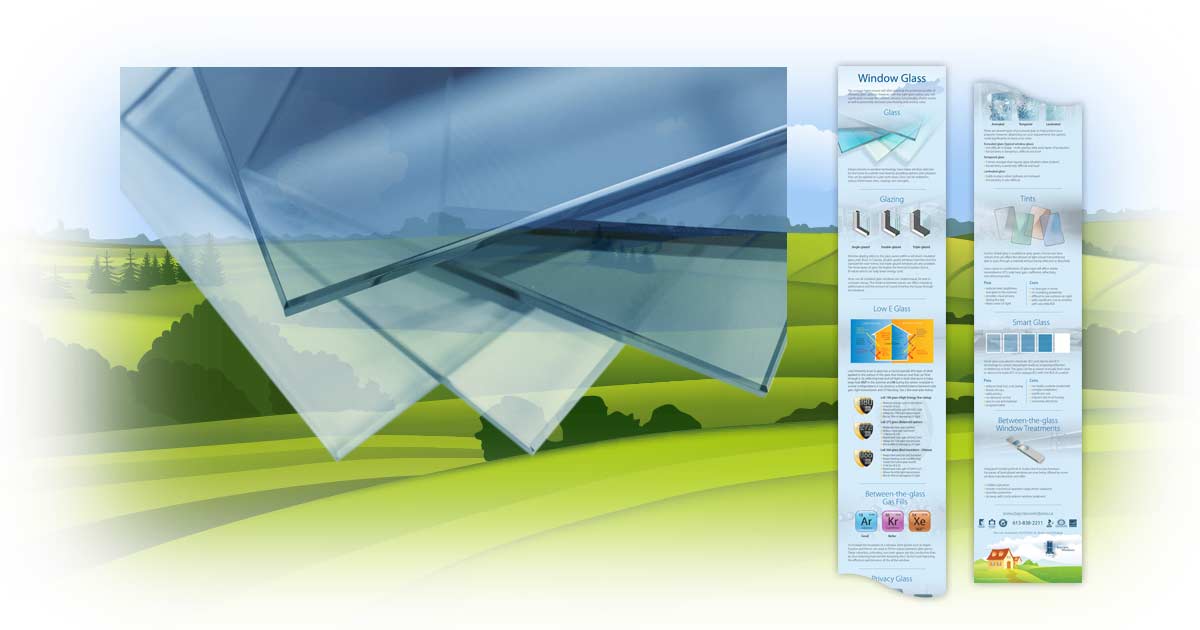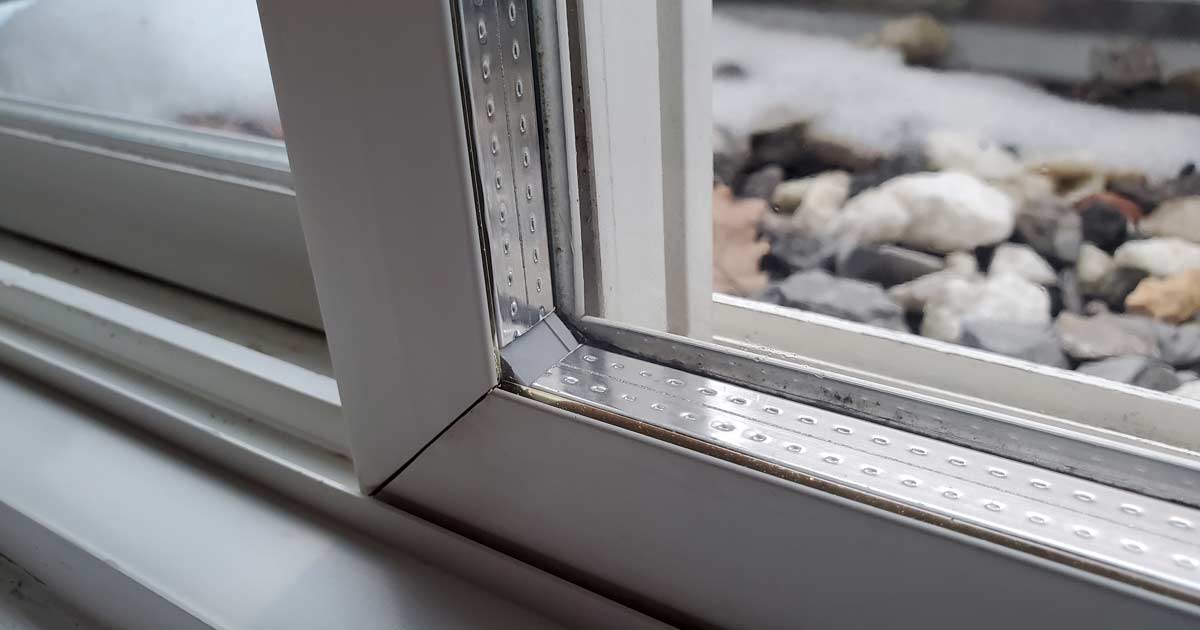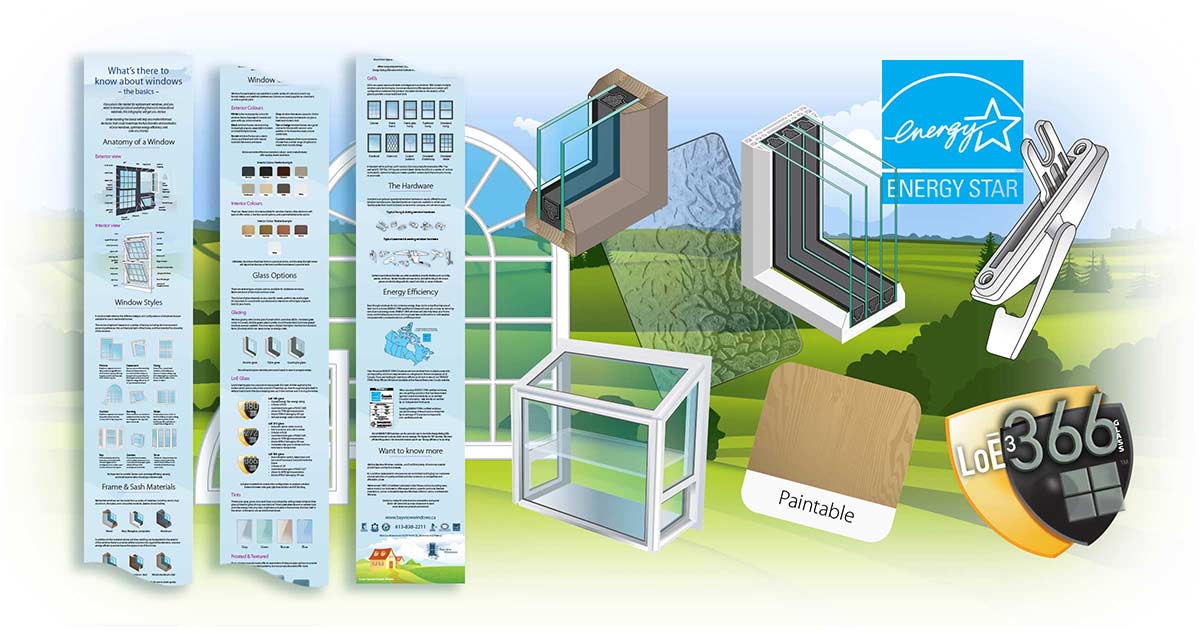Insights > Category > Posted: 2023-Jul-20, Updated: 2025-Mar-31
Glass Performance
Low-E Coatings
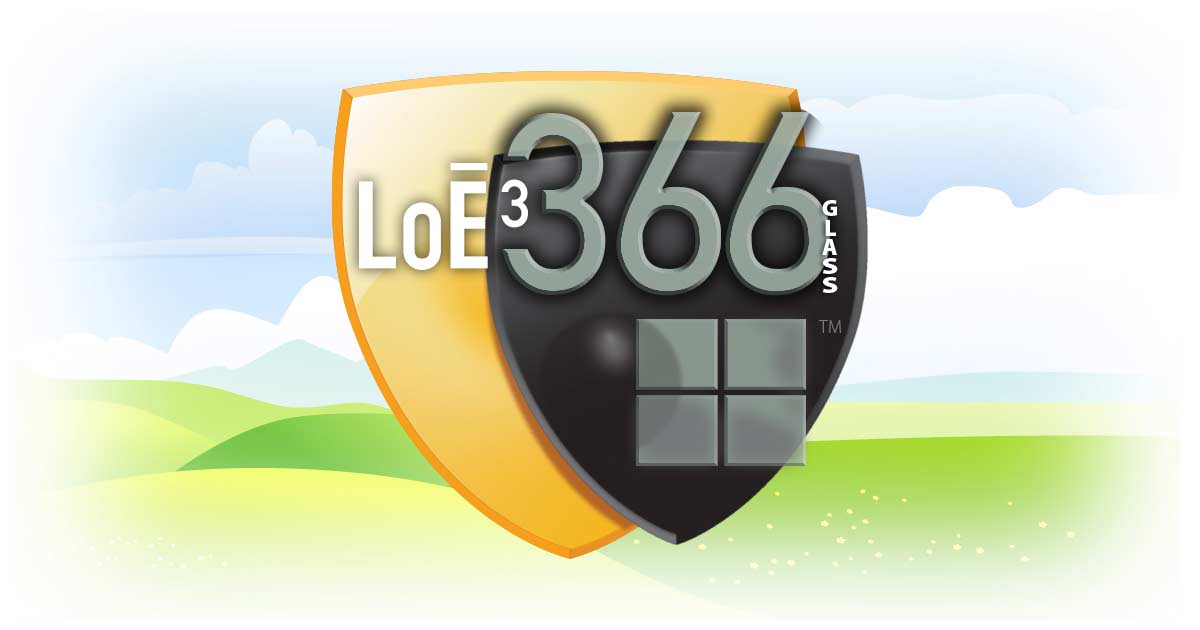
Low-E Glass: Enhancing Energy Efficiency and Comfort
LoE glass features a microscopic layer of silver (or other materials like tin or metal oxides) applied to the interior-facing surface of the outer pane. This layer reduces heat flow through the glass, making it highly reflective with low emissivity, unlike darker, less reflective materials.
Types and Benefits of LoE Glass
Passive LoE Coatings:
Designed to maximize solar heat gain, these coatings enhance "passive" heating in colder climates, reducing reliance on artificial heating. They are ideal for regions like Ottawa and surrounding areas, promoting energy efficiency year-round.
Solar Control LoE Coatings:
These coatings limit solar heat penetration into homes, improving comfort in warmer climates and reducing air conditioning costs during hot seasons.
Common Performance Metrics and Configurations
LoE 366 Glass:
- High-performance solar control
- Recommended for regions like Ottawa
- U-factor of 0.29
- Maximized solar heat gain coefficient (SHGC) of 0.27
- Allows 65% light transmission
- Blocks 95% of damaging UV rays
LoE 340 Glass:
- Solar and glare control
- Best for reducing glare
- U-factor of 0.25
- SHGC of 0.18
- Allows 39% light transmission
- Blocks 80% of damaging UV rays
LoE 272 Glass:
- Balanced triple-layered tinted coatings
- Suitable for climates with extreme temperatures
- U-factor of 0.30
- SHGC of 0.41
- Allows 72% light transmission
- Blocks 84% of damaging UV rays
LoE 180 Glass:
- Highest Energy Star rating
- U-factor of 0.31
- SHGC of 0.68
- Allows 79% light transmission
- Blocks 70% of damaging UV rays
Advantages and Considerations of LoE Glass
Advantages:
- Exceptional insulation properties
- Year-round temperature control
- UV protection, reducing furniture and flooring fading
Disadvantages:
- Initial higher cost compared to standard glass
- Potential reduction in natural light transmission (varies by type)
Environmental Impact
LoE glass helps reduce energy consumption and greenhouse gas emissions, supporting sustainability efforts.
Conclusion
Choosing the right windows with LoE glass can significantly enhance home comfort and energy savings across seasons. Whether you prioritize solar control, glare reduction, or maximum light transmission, LoE glass offers tailored solutions for various climates and preferences.
For homeowners, investing in LoE glass is not only a step towards energy efficiency but also towards creating a more comfortable and sustainable living environment.
Related stories
Need more information?
If you would like to know more about window glass, give us a call, request more information via our contact
form, or come visit our
showroom, - we’d love to help you find a perfect window or door solution!
Efficient - INFOGRAPHIC
INFOGRAPHIC
Understanding Ratings
CDN Climate Zone
Comparing Products
Visual Transmittance (VT)
Solar Heat Gain (SHGC)
Energy Star (ER)
Air Leakage (AL)
R-value of Insulation
U-factor (U-Value)
Spectrally Selective Coatings
Low-E Coatings
Gas Between the Panes
